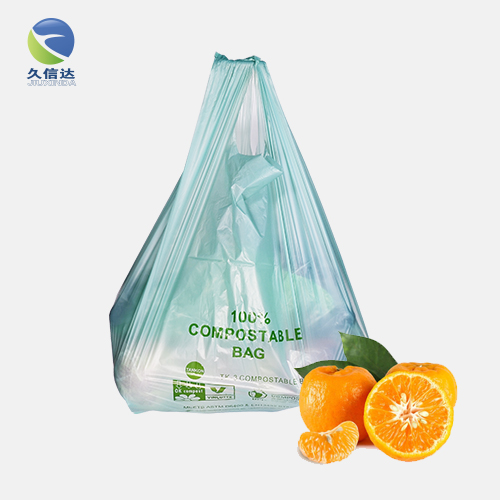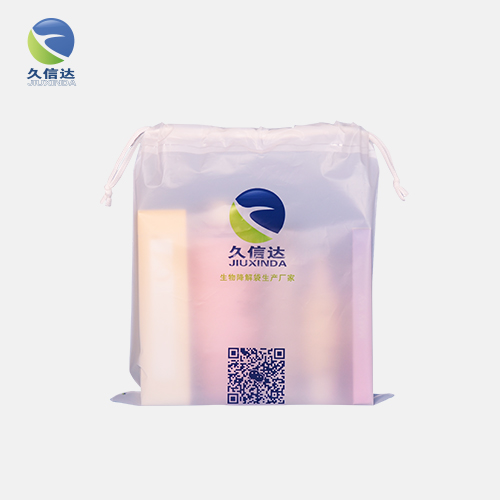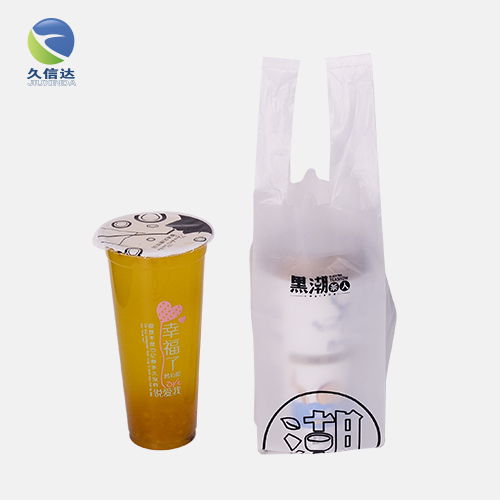With the enhancement of people’s awareness of environmental protection, the use of plastic packaging bags now requires degradable packaging bags. Degradable packaging bags are generally more environmentally friendly. What material is this packaging bag made of?

Generally, there are three kinds of degradable packing bags, which are:
- Microbial fermentation method: Many microorganisms can take some organic substances as carbon sources, and produce polyesters and polysaccharides through metabolism and secretion. These molecules are easy to degrade and can be further recycled.
- Chemical synthesis: simulating the natural polymer structure, starting from simple water molecules, active groups such as amide groups, peptide groups and ester groups are attached to the polymer chain of plastics, and the compounds containing these groups are similar to the structural fragments of natural proteins and oils, and are easily biodegradable.
- Natural polymer modification method: starch, cellulose, chitin, lignin, seaweed and other natural polymers are used as raw materials, and these molecules are modified by chemical modification and copolymerization to synthesize biodegradable plastics.

At present, a new degradable plastic has been developed for plastic packaging bags in China. Its components are synthesized by polyvinyl alcohol, starch and photosensitizer. Polyvinyl alcohol is inherently easier to degrade than polyethylene, and adding photosensitizer can accelerate the degradation of plastic by absorbing sunlight. Starch can promote the biodegradation of plastic in soil.

Therefore, this new degradable plastic is easier to degrade than the former, and its degraded plastic components are decomposed into simple molecular structures such as carbon and water, which is more environmentally friendly. In the future, degradable packing bags will be widely used.






